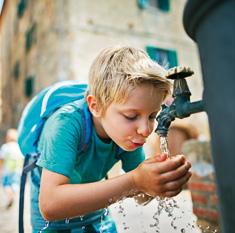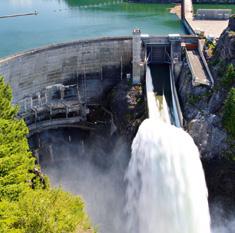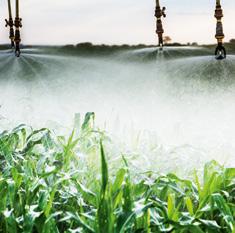
1 minute read
W hat have I learned?
1 What is the hydrosphere? What are its main characteristics?
2 Classify the waters of the hydrosphere. You can make an outline, a concept map, or use the visual thinking strategy.
3 List and define the features of a river. Then, give examples of Spanish rivers that do or do not fulfil these characteristics. Example: the Tagus river is the longest in the Iberian Peninsula.
4 Copy a blank map of the rivers of Spain and draw the following: Bidasoa, Nalón, Miño, Tambre, Ulla, Duero, Tajo, Guadiana, Guadalquivir, Segura, Guadalhorce, Andarax, Ter and Ebro.
5 Match each river to its tributary.
8 Write a list of recommendations for responsible water use in your school.



9 Add two more examples to each list.
• European seas: Cantabrian, Mediterranean, Tyrrhenian, Aegean…
• European lakes: Ladoga, Geneva, Prespa…
• European rivers in the Atlantic watershed: Oder, Elba, Tagus, Seine…
10 Look at the images and determine how the water is being used in each one.


6 Write down the most important lakes and lagoons in Spain, as well as an important characteristic of each one.

7 Read the clues and determine what European river each person is talking about.
• Marina: ‘It is the longest and mightiest river in Europe and flows into the Caspian Sea’.
• Adolf: ‘It is located in the north of France and empties into the Atlantic Ocean, in the English Channel’.
• Luis: ‘It is an abundant and navigable river that flows into the western Black Sea’.
• Cristina: ‘It is the northernmost river in Europe and flows into the Arctic Ocean’.
Traffic lights. Next to each activity, colour in your notebook like this: if you knew the answer if you needed help or if you did not know the answer







